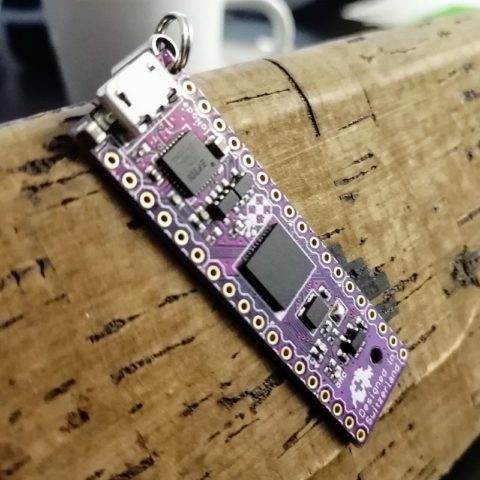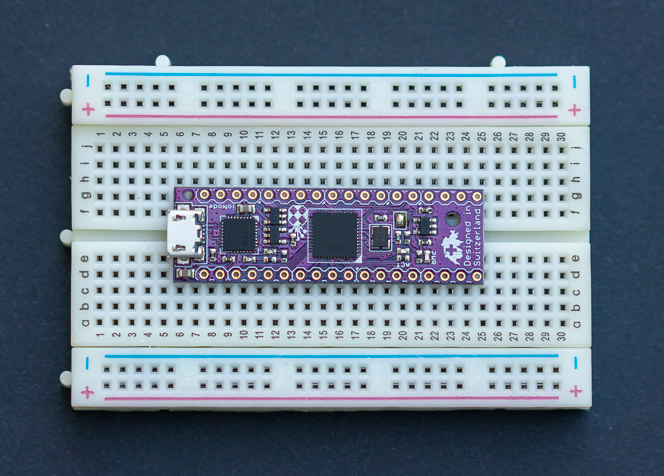The new Dooba ioNode development board is multifunctional and can be used for projects with space limits. The board features Microchip ATMEGA1284P AVR microcontroller, Dooba’s open-source embedded development ecosystem boasts of a variety of add-on modules which provide the board with increased functionality.

These modules will work perfectly with the board and with any project that supports an SPI interface. Some of these add-on modules are:
- An Aecho MP3 player
- Nomad LiPo battery
- Inpad user input module
- MicroSD socket in SIP or DIP versions
The development board is available with either male or female headers. It is also shipped with an IOPROTO prototyping board. You can also choose whether you want the headers already soldered on the top, bottom, or not soldered. The ioNode also features a USB port with USB-UART for programming.

Specifications of the Dooba ioNode
Core
- CPU Clock: 10MHz
- Flash: 128 Kb
- RAM: 16 Kb
I/O
- 29x (30x in total but one is hardwired to onboard LED)
- 21x Digital-only I/O
- 8x Digital/Analog I/O
- 7x PWM outputs (8 in total but one is hardwired to onboard LED)
Interfaces
- USB
- UART
- I2C
- SPI
On a Final Note
The Dooba ioNode board has a very small footprint, and hence can be used to build applications of any size with ease. The board does not relies on the Arduino IDE, but instead on the Dooba SDK which “allows extremely fast and straightforward development of firmware components, both simple and complex” using C programming which can be installed as follows:
|
1 |
curl -s https://bitbucket.org/dooba_core/sdk/raw/master/install.sh | bash -l |
More information on Dooba’s ioNode and SDK can be found on the official documentation page, getting started guide, and Bitbucket.
You can buy the product at Dooba’s online store for just 35 CHF (about $35 US).

Tiwalade Joanna Okedara is a content writer, and blogger, with a passion for all things tech. She also specialises in writing SEO content, and spends most of her time researching new content marketing strategies. She loves to cook, and plan events in her spare time
Support CNX Software! Donate via cryptocurrencies, become a Patron on Patreon, or purchase goods on Amazon or Aliexpress




